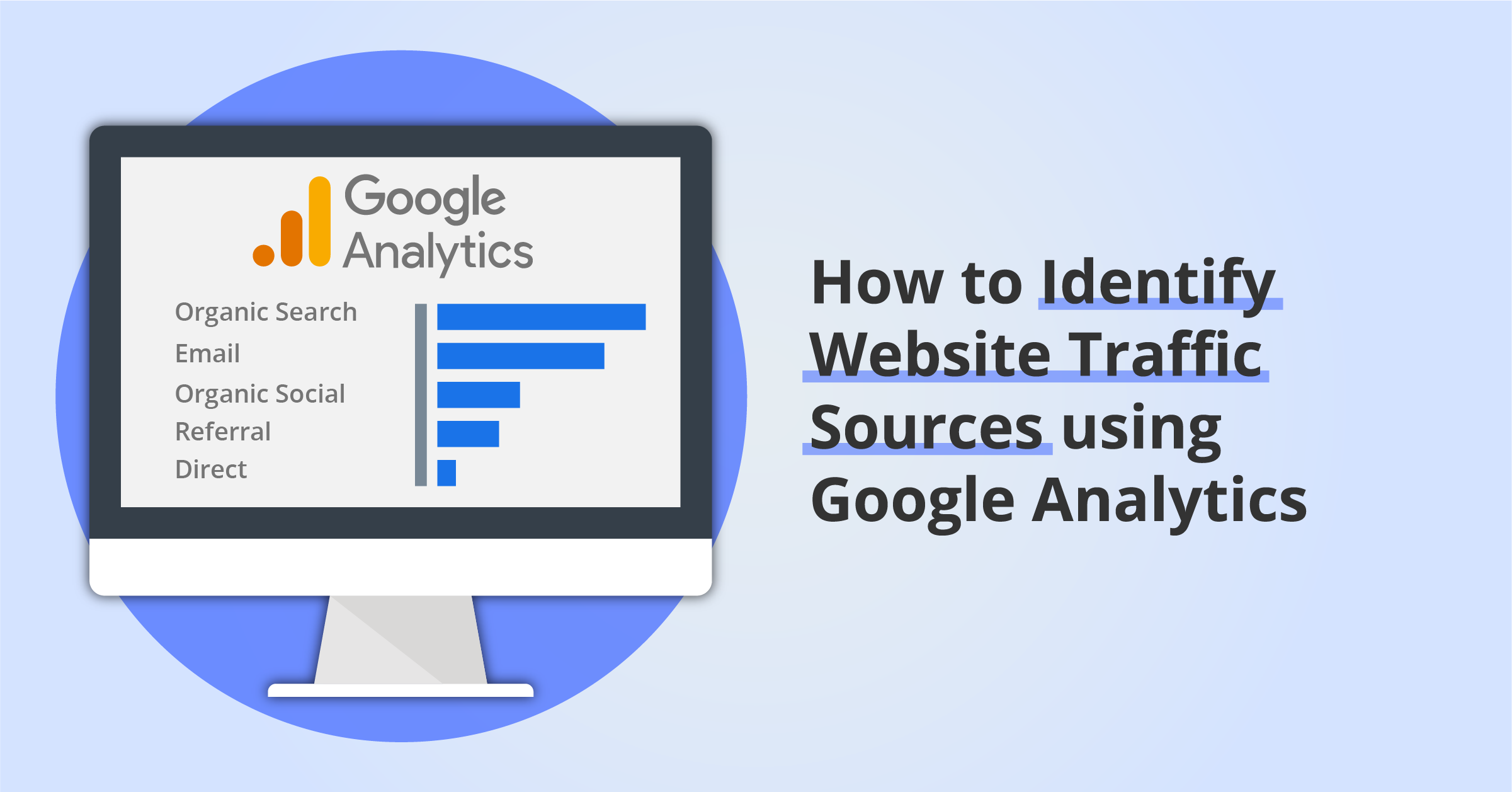Recognizing Secondary Dimensions in Google Analytics: What is a Secondary Dimension and How It Boosts Information Analysis
Recognizing Secondary Dimensions in Google Analytics: What is a Secondary Dimension and How It Boosts Information Analysis
Blog Article
Utilizing the Power of Secondary Measurement in Google Analytics to Fine-tune Your Advertising Approach and Drive Outcomes
In the realm of digital advertising, the capability to make improvements techniques and accomplish substantial results is vital for organizations making every effort to stay competitive in today's landscape. Leveraging the power of additional measurements within Google Analytics opens up a realm of possibilities for marketers seeking to get much deeper insights into individual habits and customize their projects with precision. By unearthing concealed patterns and refining target market division, companies can craft targeted strategies that resonate with their clients on an extensive degree. The prospective to determine project effectiveness with a granular lens further stresses the importance of harnessing this tool to drive success.
Comprehending Additional Dimensions
When evaluating data in Google Analytics, understanding additional dimensions is crucial for obtaining much deeper understandings into user actions and internet site efficiency. Main dimensions give fundamental info such as the number of sessions or users, but secondary measurements offer an even more detailed view by allowing users to sector and assess information even more. By including a second dimension, online marketers can improve their analysis and reveal important patterns that might have otherwise gone unnoticed.
Second dimensions in Google Analytics can be related to different metrics such as traffic resources, user demographics, and actions flow. As an example, by integrating the primary dimension of 'landing web pages' with the additional measurement of 'gadget classification,' marketing experts can determine which gadgets are driving web traffic to particular touchdown web pages. This information can assist optimize website layout and material for better customer experience across various tools
Analyzing User Behavior Patterns
To effectively comprehend user actions patterns, a comprehensive analysis of information within Google Analytics is vital. By delving right into individual behavior patterns, marketing professionals can get important understandings right into just how visitors engage with their web site, which pages are most appealing, and where possible bottlenecks or drop-off points might exist in the conversion channel. Google Analytics provides a variety of devices to analyze user habits, such as behavior circulation reports, event monitoring, and objective funnels.
Habits flow reports provide a visual depiction of just how individuals navigate through the website, revealing one of the most typical paths users take as well as where they hand over. Occasion tracking permits online marketers to check specific communications on the website, such as switch clicks or video views, supplying a deeper understanding of user engagement. Goal funnels track the actions customers take in the direction of finishing a details objective, highlighting locations for enhancement in the conversion procedure.
Enhancing Target Market Segmentation
Upon assessing customer behavior patterns, online marketers can better enhance their strategies by boosting audience division techniques in Google Analytics. Target market segmentation permits the classification of site site visitors into specific teams based on numerous qualities such as demographics, habits, and rate of interests. By using Google Analytics' additional dimensions, marketers can improve these sections also additionally to obtain much deeper insights into their audience's activities and preferences.
Enhancing audience division enables marketers to develop more targeted and personalized marketing projects. By determining distinctive customer groups, marketers can customize their messaging, web content, and uses to much better reverberate with each section's one-of-a-kind features and demands. This degree of personalization can substantially improve interaction, conversion rates, and overall marketing performance.
Additionally, via enhanced audience segmentation, marketing experts can much better understand the customer journey and enhance their explanation touchpoints along the path to conversion. By assessing just how various segments communicate with the web site and advertising and marketing networks, marketers can determine possibilities to enhance user experience, address pain points, and ultimately drive more conversions. Generally, refining target market division in Google Analytics is an effective method for optimizing advertising and marketing effectiveness and driving sustainable business growth.
Tailoring Advertising And Marketing Campaigns
Marketing professionals can enhance their advertising projects by personalizing web content and messaging to suit the unique attributes and demands of specific audience sectors. By leveraging understandings from secondary dimensions in Google Analytics, marketing experts can gain a much deeper understanding of their target market's actions, preferences, and demographics.
With the analysis of additional measurements such as website traffic resources, devices utilized, or geographical area, marketing experts can fine-tune their messaging to be more appropriate and impactful. By customizing advertising projects based on understandings from second dimensions, services can take full advantage of the performance of their efforts and eventually drive far better ROI.
Gauging Project Effectiveness

One important element of gauging navigate to this website project performance is tracking conversions. By establishing up objectives in Google Analytics, businesses can keep track of certain activities taken by customers as an outcome of the project, such as making an acquisition or authorizing up for an e-newsletter. Comprehending the conversion price and the conversion course can supply useful understandings right into the effectiveness of different advertising and marketing networks and messages.
Moreover, evaluating metrics such as click-through rates, bounce rates, and session duration can help online marketers evaluate user engagement and the influence of the project on internet site web traffic. By incorporating main metrics with additional measurements in Google Analytics, organizations can my latest blog post fine-tune their advertising methods, enhance project efficiency, and drive far better outcomes.
Final Thought
Finally, taking advantage of the power of second dimensions in Google Analytics can supply valuable understandings right into customer behavior patterns, improve target market segmentation, tailor marketing projects, and measure campaign efficiency. By using this attribute properly, businesses can fine-tune their advertising approaches and drive much better results. It is vital for marketing experts to utilize the data readily available via secondary measurements to make educated decisions and optimize their projects for maximum influence.

Report this page